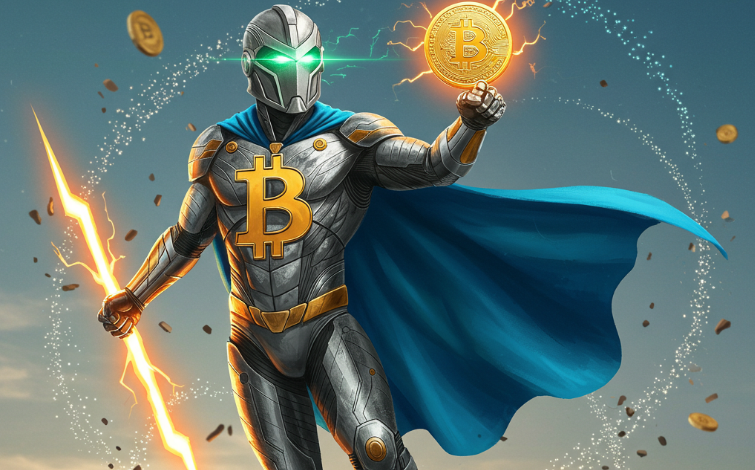
VanEck’s Vision: Bitcoin as a Tool to Manage US National Debt
VanEck has unveiled an ambitious forecast suggesting that Bitcoin could significantly aid in managing the burgeoning national debt of the United States. Inspired by Senator Cynthia Lummis’ proposed Bitcoin Act, the analysis explores the potential of a strategic Bitcoin reserve to partially mitigate the national debt by the year 2049. But how realistic is this idea?
The Potential Impact of Strategic Bitcoin Reserves
The report envisions a scenario where the US government accumulates up to 1 million BTC over a five-year span. Should this plan be realized, VanEck posits that such a reserve could help balance nearly $21 trillion of the national debt by 2049. This figure represents approximately 18% of the projected total debt at that time. However, this optimistic outlook heavily depends on Bitcoin’s future price performance. VanEck’s projections assume that Bitcoin will grow at an impressive 25% compounded annual growth rate (CAGR). Starting at an estimated acquisition price of $100,000 per Bitcoin in 2025, the cryptocurrency would need to experience consistent price appreciation over the next 20 years.
Debt Growth and Bitcoin Appreciation: A Comparative Analysis
The study also examines the anticipated 5% annual growth rate of the US national debt. To counteract the predicted $100 trillion debt by 2049, assets with substantial appreciation potential are necessary. Despite its volatility, Bitcoin offers both a challenge and an opportunity. A 25% CAGR is a bold target given the historical price volatility, regulatory uncertainties, and patterns of industry adoption. If Bitcoin’s growth slows, the reserve may not meet expectations, thereby diminishing its effectiveness in addressing national debt.
Bitcoin as a Government Asset
VanEck’s perspective aligns with broader discussions about Bitcoin’s role in national economies. Countries like El Salvador have already integrated the leading digital currency into their financial strategies, albeit on a much smaller scale. If the US were to adopt a similar approach, it would represent an unprecedented shift in monetary policy. The feasibility of establishing such a substantial Bitcoin reserve raises several questions. Would the government opt for a gradual acquisition strategy or make bulk purchases? How would it secure and manage this digital asset? These uncertainties complicate VanEck’s vision.
A High-Risk Gamble or a Financial Breakthrough?
Despite these challenges, VanEck’s research presents a captivating possibility. The potential of Bitcoin as a long-term wealth reserve remains a hotly debated topic among economists and policymakers. If Bitcoin’s value continues to rise, it might be possible to leverage the digital asset to alleviate national debt. Currently, the feasibility of this strategy is uncertain. The US government has not yet indicated any concrete plans to acquire Bitcoin on a large scale. However, with the national debt escalating and Bitcoin’s influence expanding, discussions around this unconventional solution are far from concluded.
“`







